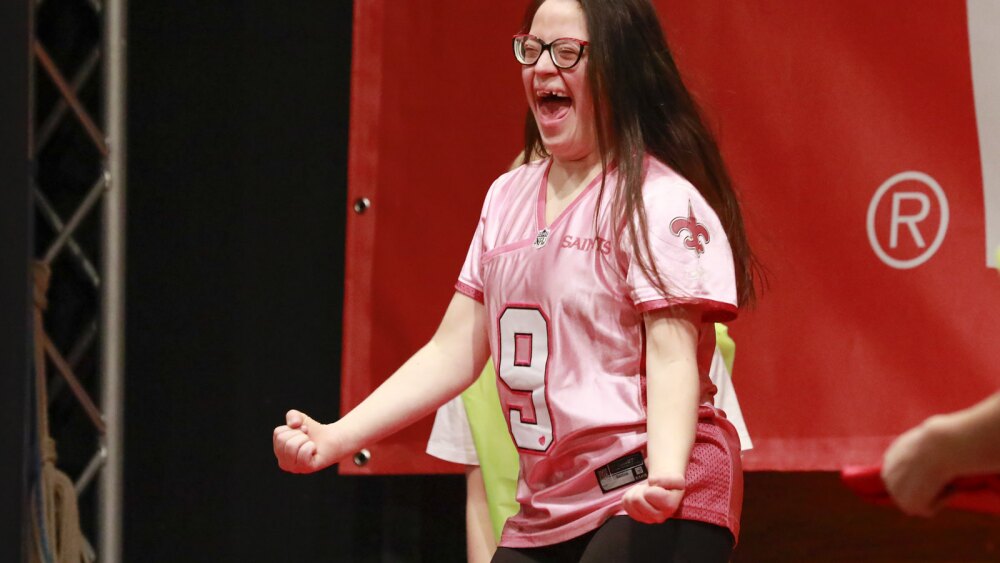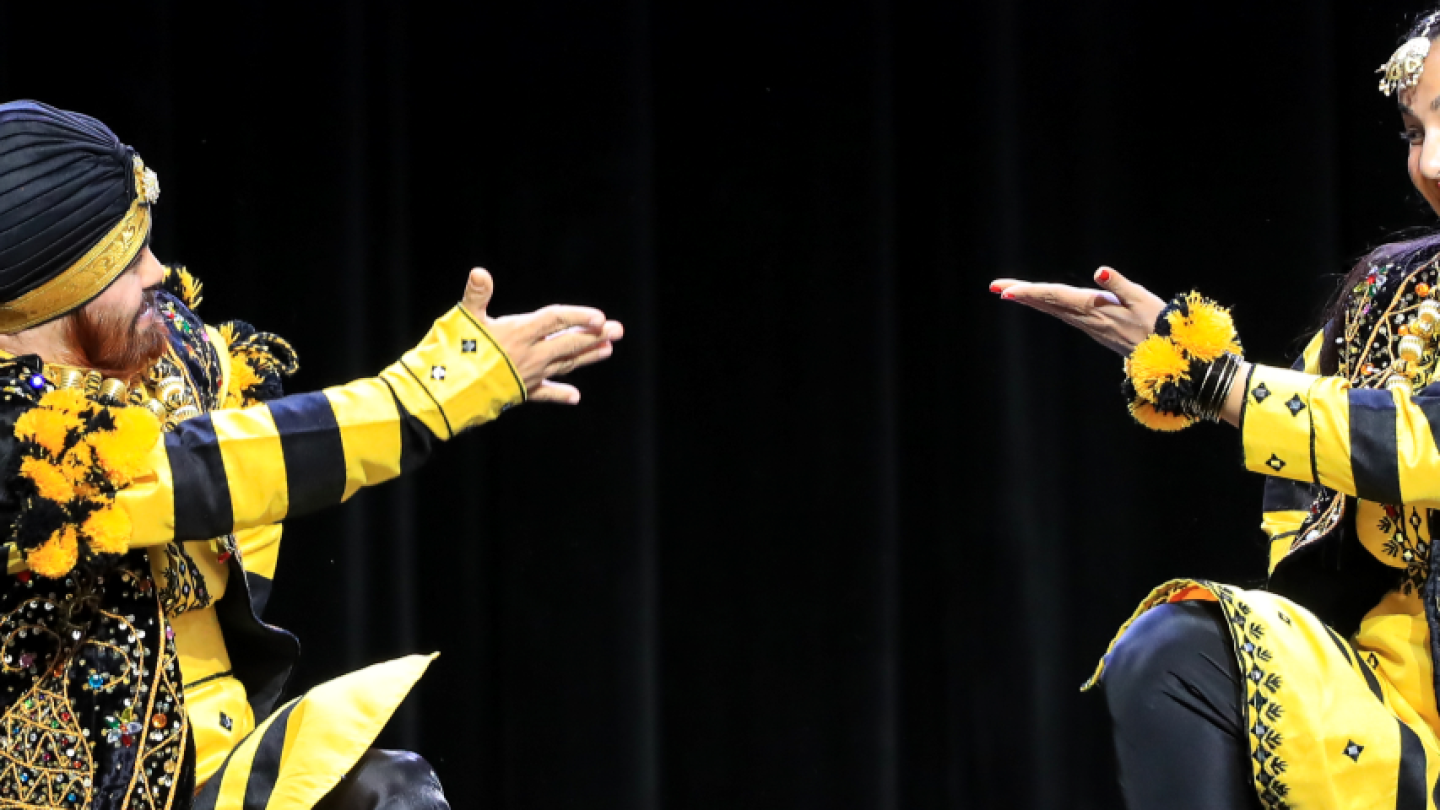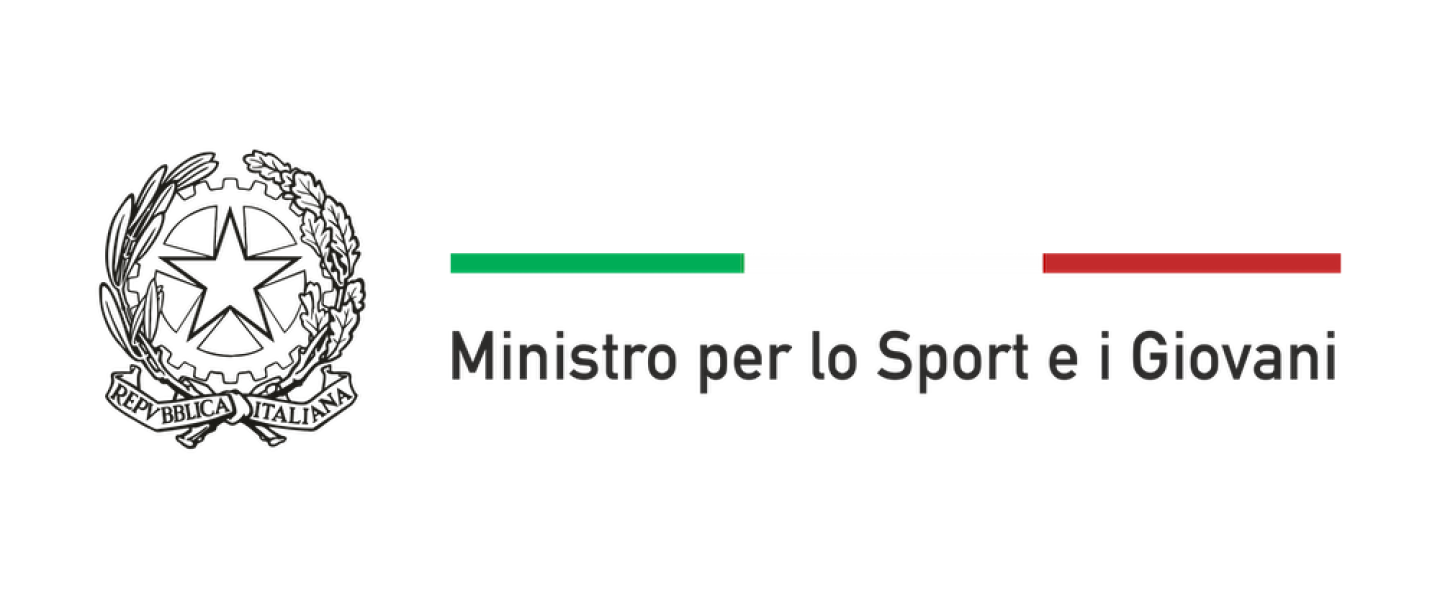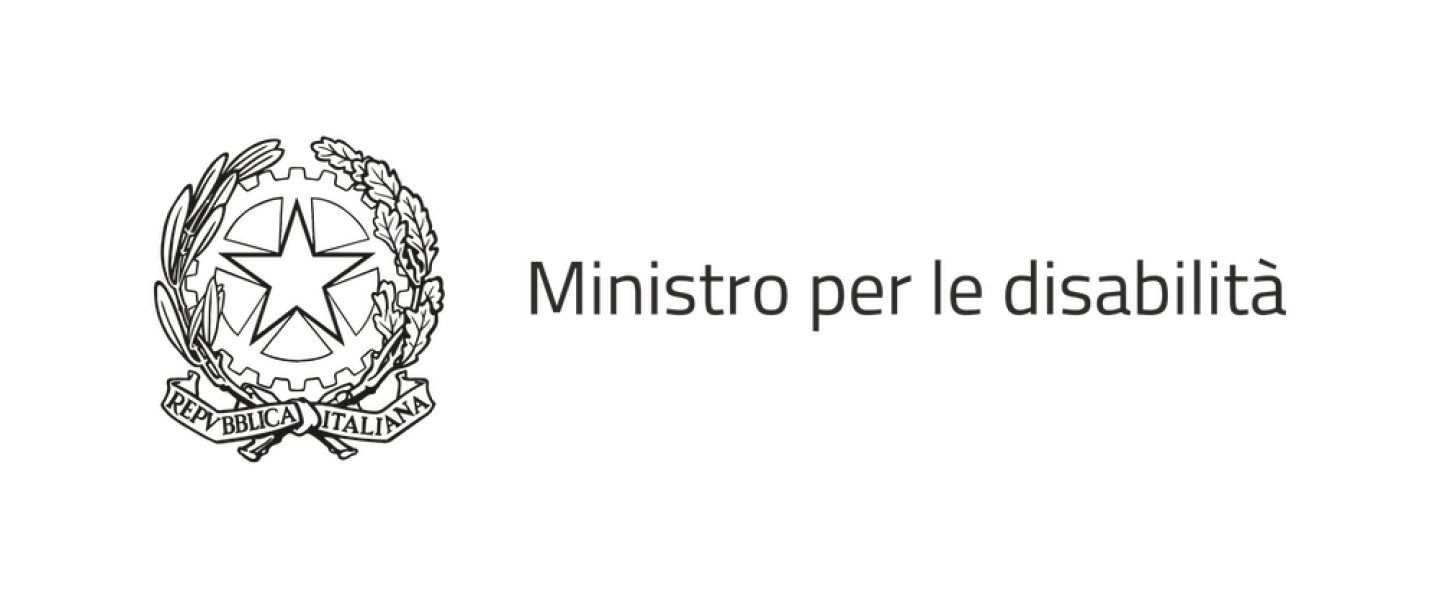DanceSport combines elements of dance and athletic competition. Athletes perform choreography to music, which may include a variety of dance styles such as ballroom, modern dance, hip-hop, and others.
Types of Competitions:
- SOLO: A solo is one person on stage. This can only be a Special Olympics athlete.
- COUPLE: A couple is two persons on stage dancing in physical connection for a minimum of 70% of the whole routine. This could be either two Special Olympics athletes or one Special Olympics athlete and one Unified Partner.
- DUO: A Duo is two persons on stage dancing side by side, without physical connection for a minimum of 70% of the whole routine. This could be either two Special Olympics athletes or one Special Olympics athlete and one Unified Partner.
- TEAM: A team consists of 4-12 persons on stage. This can be all Special Olympics athletes or a Unified Sport Team. Teams are to provide team (fantasy) names
*Credentialed Families and Honored Guests will receive their free ticket upon entry to the venue.
Divisioning
One of the fundamental aspects of Special Olympics is “divisioning,” a process that groups athletes based on gender, age, and ability. This system ensures balanced and fair competitions, allowing each athlete to compete against opponents with similar abilities.
Training and Preparation
Special Olympics athletes participate in structured training programs, supervised by qualified coaches. These programs focus on developing technical skills, physical endurance, and understanding the rules of the sport. The training is tailored to meet the individual needs of the athletes to maximize their potential.
Support and Integration
Special Olympics events are supported by a network of volunteers, coaches, family members, and friends. This support creates a positive and inclusive environment where participants can grow athletes and as individuals.
Values and Goals
Special Olympics is not limited to competition. It promotes fundamental values such as:
- Inclusion: Every athlete, regardless of ability level, has the opportunity to participate and compete.
- Respect: Athletes are encouraged to respect themselves, their teammates, opponents, and the rules of the sport.
- Determination: Athletes learn to overcome challenges and continually improve.
- Joy: The sports experience is also a celebration of fun and personal satisfaction.

